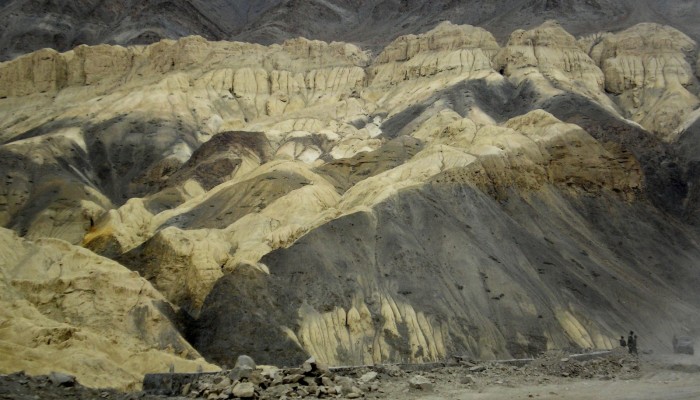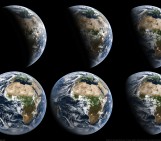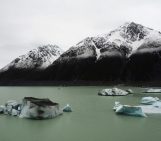
The moon-like landscapes surrounding the Himalayan village of Lamayuru attract tourists seeking off-the-beaten track adventures. The village is enchanting, not only for the striking geological formations that frame it, but also for the presence of an 11th Century Buddhist monastery.
“The rock formations are known as ‘Moonland'”, says Arjun Datta, author of this week’s imaggeo on Mondays featured photograph. “The surreal moon-like rock formations at Lamayuru are nestled in the Greater Himalayas, midway between Kargil and Leh on the Srinagar-Leh highway in Ladakh, India,” explains Arjun.
It is the mesmerising bright yellow formations with clayey texture and multiple folds which give the outcrops their moon-like appearance. Some studies have attributed the unique geology of this tiny Ladakhi village to the presence of a lake about 40,000 years ago which preserved a roughly 100 m thick sequence of river and lake derived deposits.
Imaggeo is the EGU’s online open access geosciences image repository. All geoscientists (and others) can submit their photographs and videos to this repository and, since it is open access, these images can be used for free by scientists for their presentations or publications, by educators and the general public, and some images can even be used freely for commercial purposes. Photographers also retain full rights of use, as Imaggeo images are licensed and distributed by the EGU under a Creative Commons licence. Submit your photos at http://imaggeo.egu.eu/upload/.


